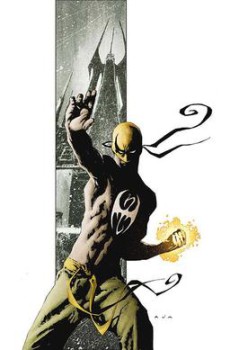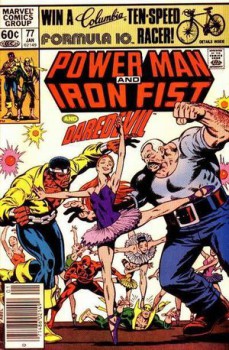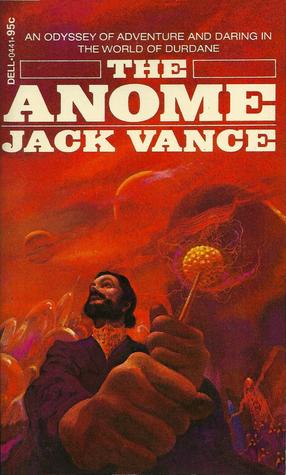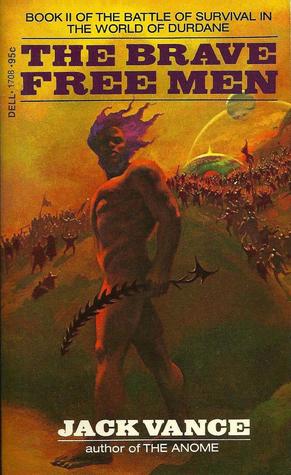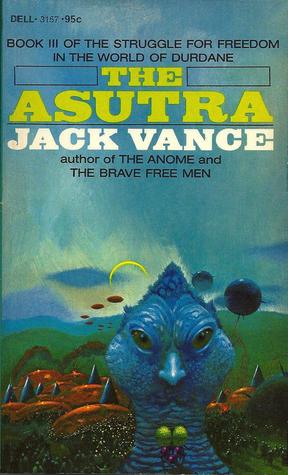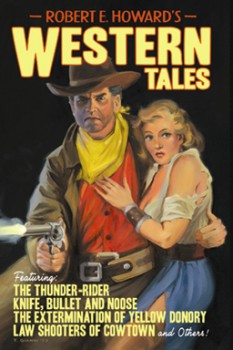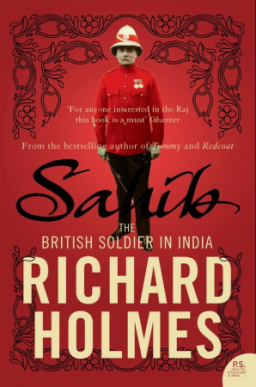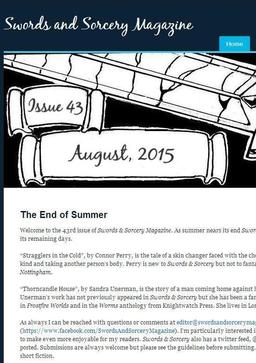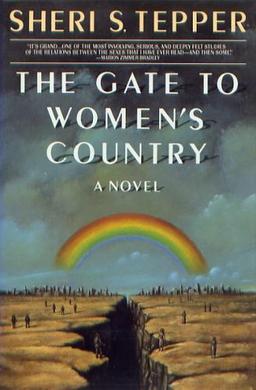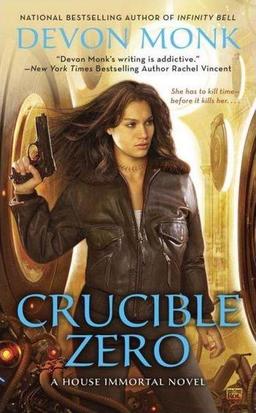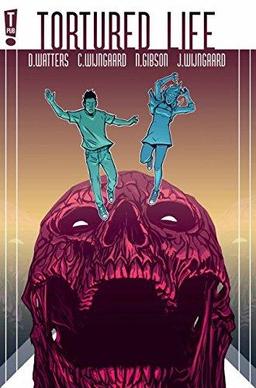New Treasures: The Art of Mad Max: Fury Road by Abbie Bernstein
Mad Max: Fury Road was a highlight of the summer for me. It was easily one of the best movies of the year, and the long-awaited return to one of the great cinematic settings of my youth, the post-apocalyptic hell of The Road Warrior. It turned both of my teenage sons into Mad Max fans. No small feat, since in general they don’t show much patience with films from the 80s.
Titan Books released a gorgeous art book to accompany the release of the film, The Art of Mad Max: Fury Road, and it’s jam-packed with behind-the-scenes photos, concept art, production stills, interviews with the cast and crew, and an insightful foreword by director George Miller. I received a copy last month, and finally had a chance to sit down with it this week. The timing is actually pretty good, as the Blu-ray was released on September 1, and we re-watched the film at home last Friday.
Below are a dozen photos and art samples from the book.

